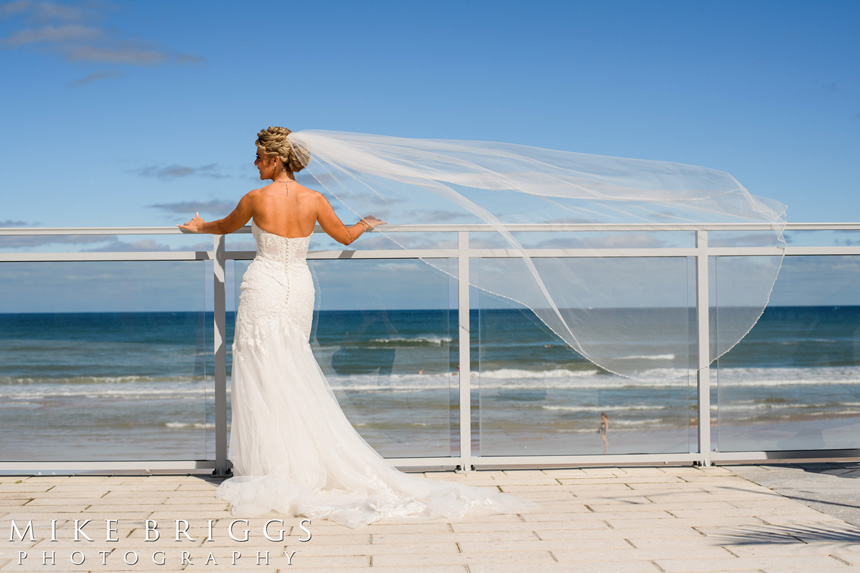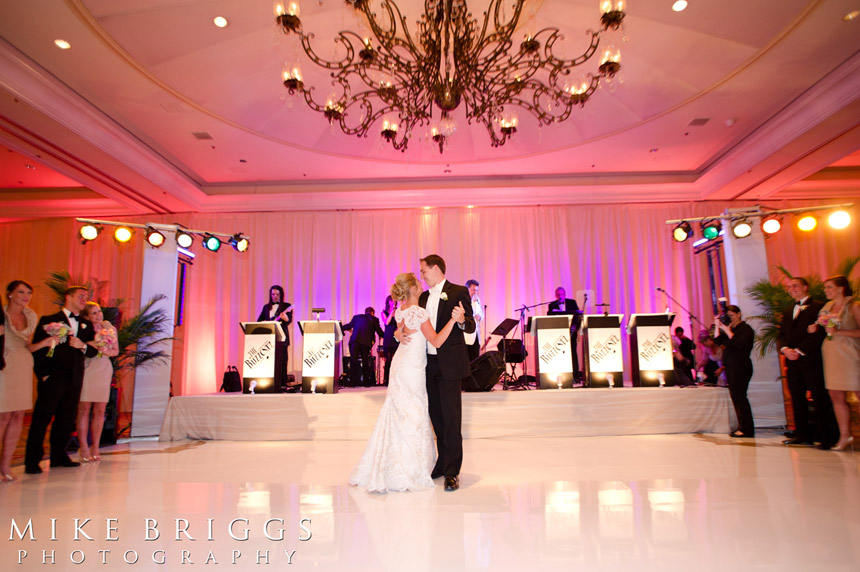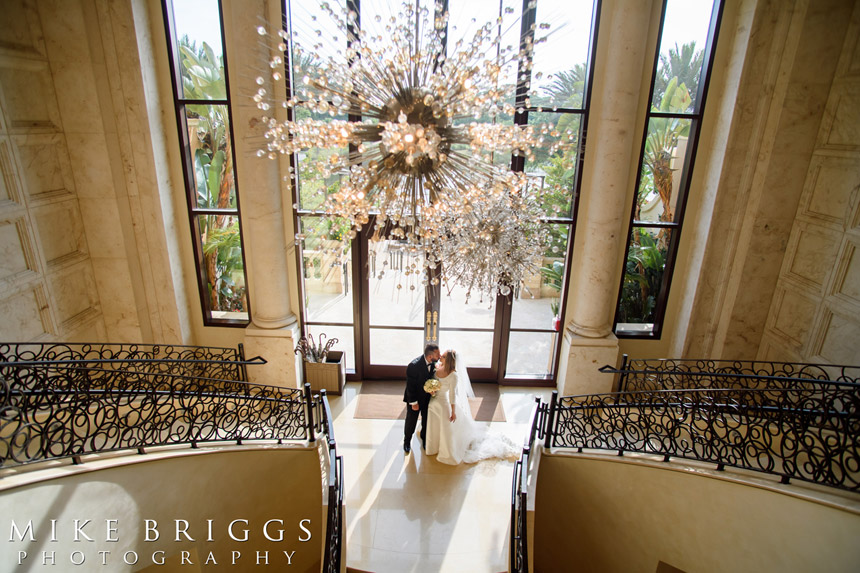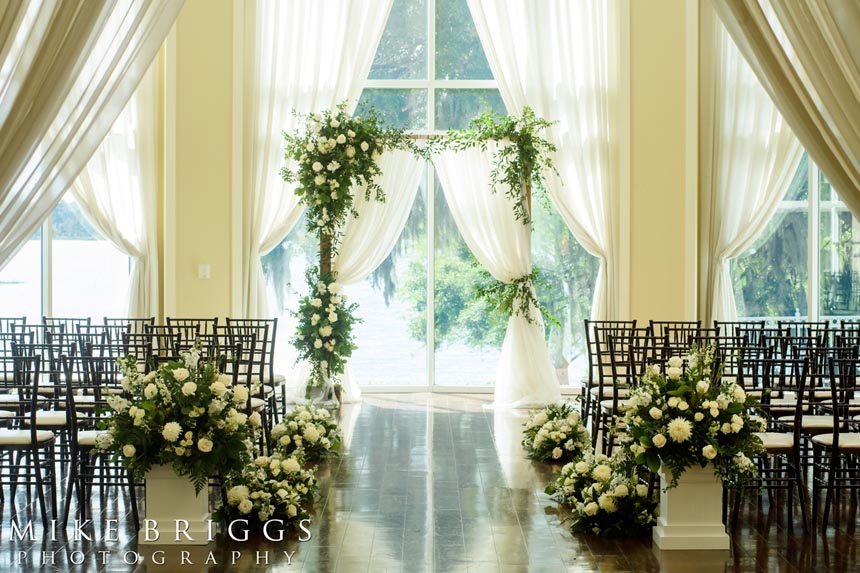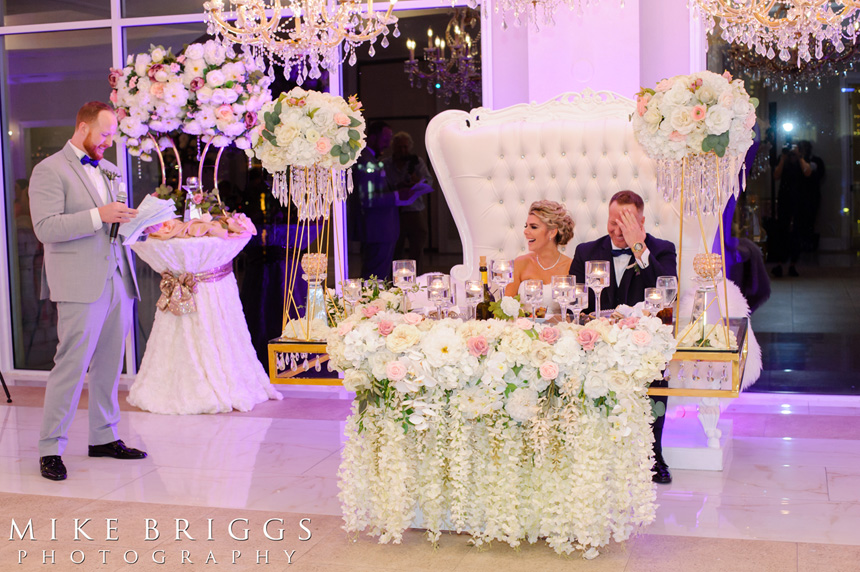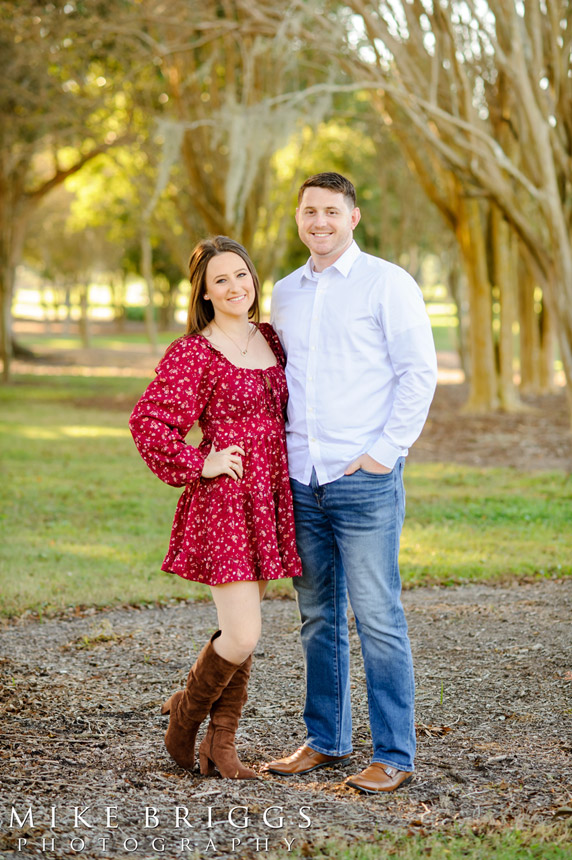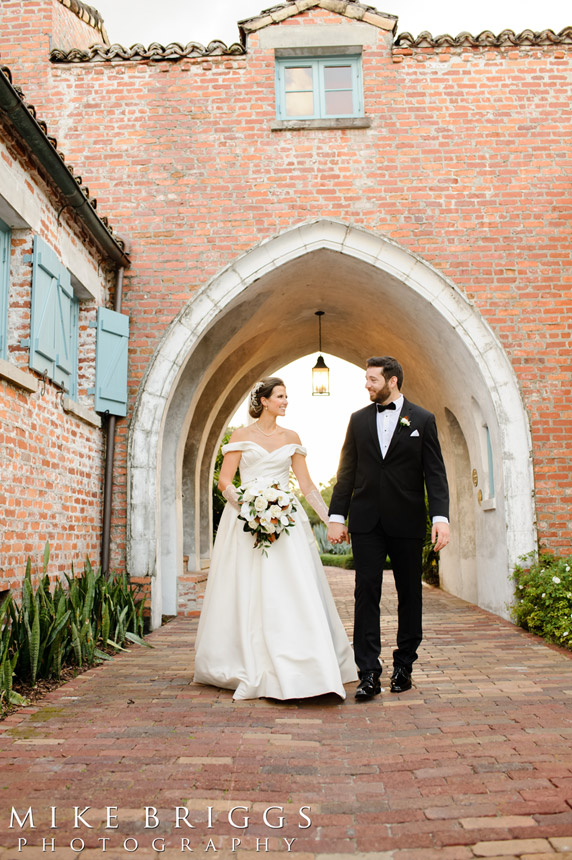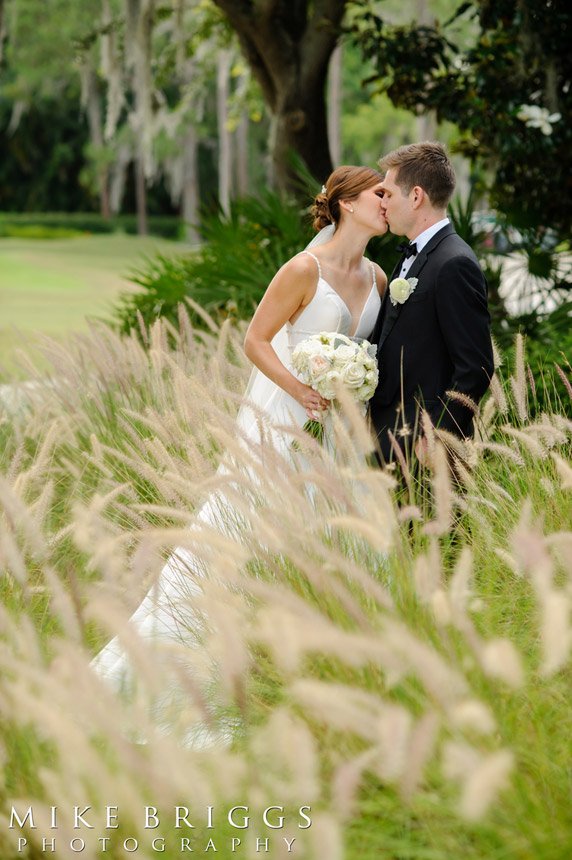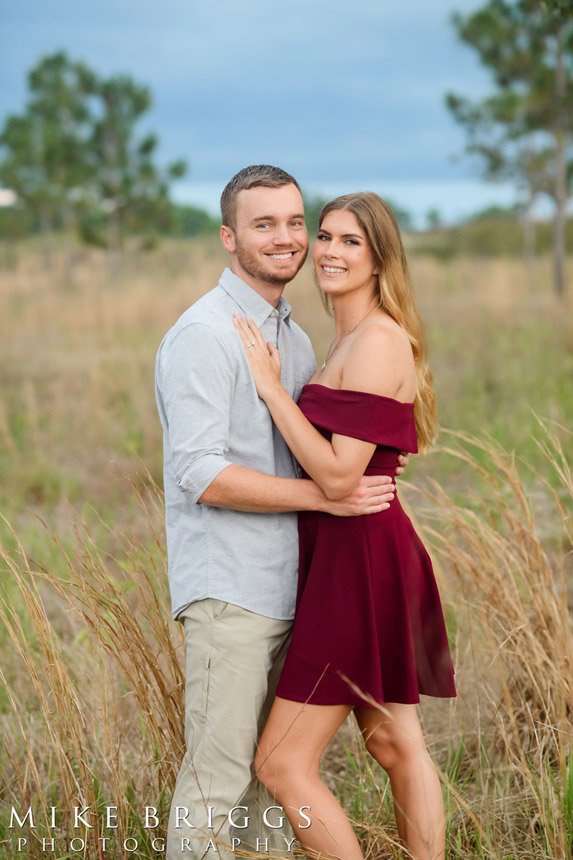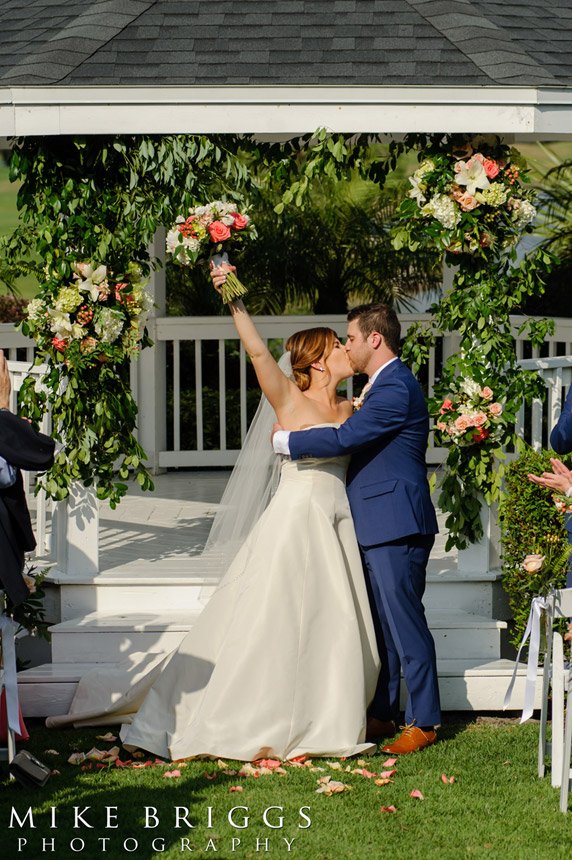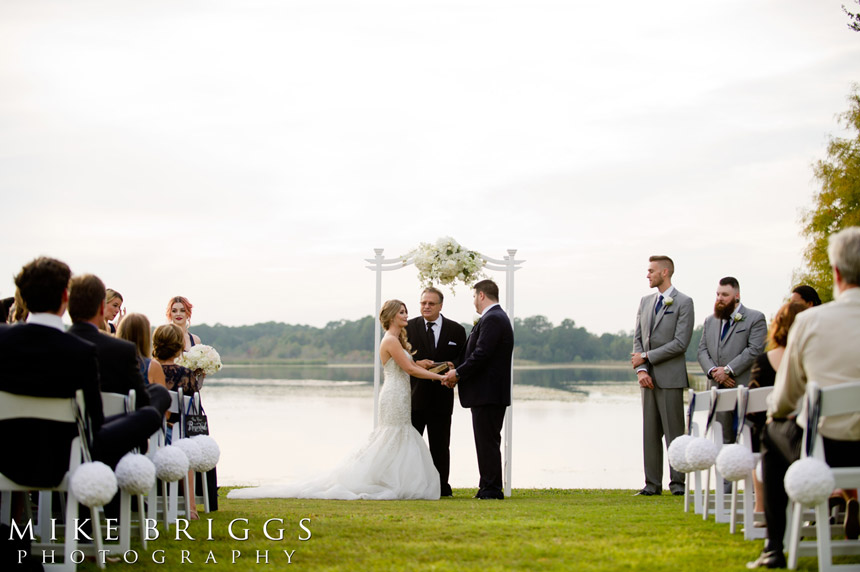
Handfasting Ceremony: A Unique and Symbolic Wedding Tradition
Planning your wedding ceremony is one of the most personal and important aspects of your big day. You want it to reflect who you are as a couple, your values, and the bond you share. One beautiful and ancient tradition that has found its way into modern weddings is the handfasting ceremony. Also known as a hand tying ceremony, this ritual brings deep symbolism and a profound sense of connection. If you’re looking for a meaningful, intimate addition to your wedding, handfasting could be the perfect fit.
In this guide, we’ll explore everything you need to know about handfasting, including its origins, how it can be adapted to different wedding styles, examples of ceremony scripts, and the steps involved in creating your own handfasting ceremony. Whether you’re planning a Viking wedding or simply want to incorporate an ancient ritual into your special day, this resource will give you all the information you need.
What Is a Handfasting Wedding Ceremony?
Handfasting is an ancient tradition that dates back thousands of years and has roots in various cultures, particularly in Celtic, Irish, Pagan, and Viking rituals. The basic concept involves the couple’s hands being tied together with cords or ribbons, symbolizing their unity and commitment to one another. In some cultures, handfasting was historically considered a form of “trial marriage” that lasted for a year and a day, after which the couple could decide whether to continue their union.
Today, handfasting has evolved into a romantic, symbolic gesture performed during wedding ceremonies. It represents the binding together of two lives and is often used as a powerful visual expression of vows or promises made between the couple.
What Does an Officiant Say During a Handfasting?
During a handfasting ceremony, the officiant plays a key role in guiding the ritual. Typically, the officiant will introduce the tradition to the wedding guests, explain its meaning, and guide the couple through the process. The words spoken by the officiant can vary depending on the couple’s preferences, religious beliefs, or cultural background.
Here’s an example of what an officiant might say:
“Today, we celebrate the union of [Partner 1] and [Partner 2] through the ancient tradition of handfasting. By tying this knot, you symbolize the strength of your love and commitment to one another. This cord represents your entwined destinies, and as you fasten your hands together, you make a promise to uphold your love through all challenges and joys that life may bring.”
The officiant will then proceed to bind the couple’s hands with the cord or ribbon, often offering additional blessings or symbolic words as the ritual progresses.
How to Do a Handfasting Ceremony Step by Step?
While each handfasting ceremony is unique, here’s a simple step-by-step guide to help you visualize how it typically unfolds:
- Introduction by the Officiant: The officiant begins by explaining the significance of the handfasting ceremony to the couple and the guests. They may give a brief history of the tradition and its symbolism.
- Exchange of Vows: The couple can choose to say their personal vows before or after the handfasting. This is the time for them to express their love and promises to each other.
- The Binding: The officiant invites the couple to join hands, and a cord, ribbon, or other binding material is wrapped around their hands. Some couples use a single cord, while others choose multiple cords that represent different aspects of their relationship (e.g., love, loyalty, friendship).
- Blessing of the Hands: The officiant might recite a blessing or poem while tying the hands. A popular choice is the “Blessing of the Hands” poem, which speaks to the journey the couple will embark on together.
- Final Words and Untying the Knot: Once the hands are bound, the officiant may offer final words of unity and commitment. In some ceremonies, the couple remains bound until the end of the ceremony, while in others, the knot is untied as a symbol of their freedom and individuality within the union.
- Exchange of Rings: In many handfasting ceremonies, the exchange of rings happens after the knot is tied, reinforcing the symbol of eternal commitment.
What Is the Script for Handfasting Ring?
Incorporating handfasting with the exchange of rings creates a powerful, layered moment of symbolism in the wedding ceremony. Here’s an example of how you can blend both traditions:
Officiant:
“Now that your hands are bound together, a symbol of your union and the promises you have made, I invite you to exchange rings. These rings are a further symbol of the eternal circle of love and trust you are creating. Just as your hands are tied, your hearts are now forever intertwined.”
The couple then exchanges rings while keeping their hands bound (or after untying the knot, depending on their preference). The script can be customized to include personal touches, such as the meaning behind the rings or additional vows.
What Are the Four Elements of Handfasting?
The concept of incorporating the four elements—earth, air, fire, and water—into handfasting ceremonies is particularly common in Pagan and Wiccan traditions. These elements represent different facets of life and the relationship that is being formed.
- Earth: Symbolizes stability, grounding, and the foundation of your relationship.
- Air: Represents communication, intellect, and the breath of life you share together.
- Fire: Symbolizes passion, energy, and the transformative power of love.
- Water: Represents emotions, intuition, and the flow of life.
Some handfasting ceremonies involve the couple using colored ribbons to represent these elements, while others might involve the officiant invoking the elements in a blessing. Incorporating these elements can add a deeper spiritual dimension to the ceremony.
Variations of Handfasting Ceremonies Across Cultures
Handfasting ceremonies are steeped in tradition, but the exact practices vary depending on the cultural background. Let’s take a look at the differences between Irish, Celtic, Pagan, and Viking handfasting rituals.
Irish Handfasting
In Irish traditions, handfasting was historically used as a form of “betrothal” or trial marriage. Irish couples often performed this ritual during festivals like Lughnasadh. The practice is still popular in Irish weddings today and is seen as a way to honor heritage and symbolize unity.
Celtic Handfasting
Celtic handfasting ceremonies are rich in symbolic meaning and often include references to ancient Celtic gods and nature. The knot itself represents eternity and the interconnectedness of life. Many couples choose a Celtic knot pattern in their cords to symbolize never-ending love.
Pagan Handfasting
Pagan handfasting ceremonies often incorporate the four elements (earth, air, fire, and water) and are rooted in Wiccan or Neo-Pagan practices. These ceremonies tend to be spiritual in nature, but not tied to any specific religion, making them a great choice for couples who want a non-denominational yet meaningful ceremony.
Viking Handfasting
Viking handfasting ceremonies are inspired by Norse traditions and the belief in the sacredness of marriage. The ceremony often invokes the gods for blessings and may include the use of runes or symbolic items like swords or shields. Viking handfasting is a powerful way to honor Norse heritage or simply add a unique, historical twist to your wedding.
Handfasting Vows: Examples and Inspiration
Writing your own vows is one of the most personal parts of the handfasting ceremony. Whether you want something traditional or modern, here are a few examples to inspire you.
Traditional Handfasting Vow: “With this cord, I bind my life to yours. I pledge to honor, cherish, and love you for all of my days. Let this knot be a symbol of our eternal bond and the love we share.”
Modern Handfasting Vow: “As our hands are bound together, so are our hearts and souls. I promise to stand by your side in good times and bad, to love you without reservation, and to support you in all that you do. This bond we create today will last a lifetime and beyond.”
A Simple Handfasting Ceremony Script
Here’s a simple script for a handfasting ceremony:
Officiant:
“We are gathered here today to witness the union of [Partner 1] and [Partner 2]. As they come together in love, they have chosen to participate in the ancient tradition of handfasting. By joining their hands and tying the knot, they are symbolizing the strength of their bond and their commitment to one another.
[Partner 1] and [Partner 2], please join hands.
As this cord is wrapped around your hands, it represents your intention to grow together, to support each other, and to face the challenges of life as a united force. The knot is a powerful symbol of connection, love, and unity.”
(The officiant wraps the cord around the couple’s hands.)
Officiant:
“With this knot, you are bound to each other, not only in this life but in spirit and in love for all time. May your bond grow ever stronger with each passing day.”
(The couple exchanges vows or rings.)
Officiant:
“You may now kiss, as you are bound together in love.”
A Modern Handfasting Ceremony Script
Here’s a modern version of the handfasting ceremony script:
Officiant:
“Today, we come together not just to witness the union of [Partner 1] and [Partner 2], but to celebrate their love, their journey, and the bond they share. They have chosen to include a handfasting in their ceremony to honor an ancient tradition of connection and commitment.
[Partner 1] and [Partner 2], please take each other’s hands. These hands you hold are the hands that will support you, care for you, and build a life with you. With these hands, you will create your future together.
As we tie this knot, it symbolizes the weaving together of your lives and the strength of the bond you are creating.”
(The officiant ties the hands.)
Officiant:
“This cord is a reminder that you are two individuals, but now you are also one unit, stronger together than apart. May your bond be unbreakable and your love everlasting.”
(The ceremony proceeds with vows or ring exchange.)
Crafting Your Own Handfasting Ceremony
The beauty of a handfasting ceremony lies in its adaptability. Whether you are drawing from Celtic roots, adding Viking flair, or creating something entirely your own, this ritual allows you to express your love in a deeply symbolic and personal way.
Handfasting offers a meaningful way to show your commitment to each other, bringing history, spirituality, and visual symbolism into your wedding. By customizing your vows, the type of cord you use, and the script, you can create a handfasting ceremony that perfectly reflects who you are as a couple.

